In a world where switching to a potential competitor is just a “click” away, customer experience is the new marketing battlefield.
Customers no longer choose a brand and its individual products or services; Instead, they choose the company that gives them the best customer experience.
The reason for this is that the price ranges have shrunk compared to other providers, the services have been standardized and the migration costs have been marginalized.
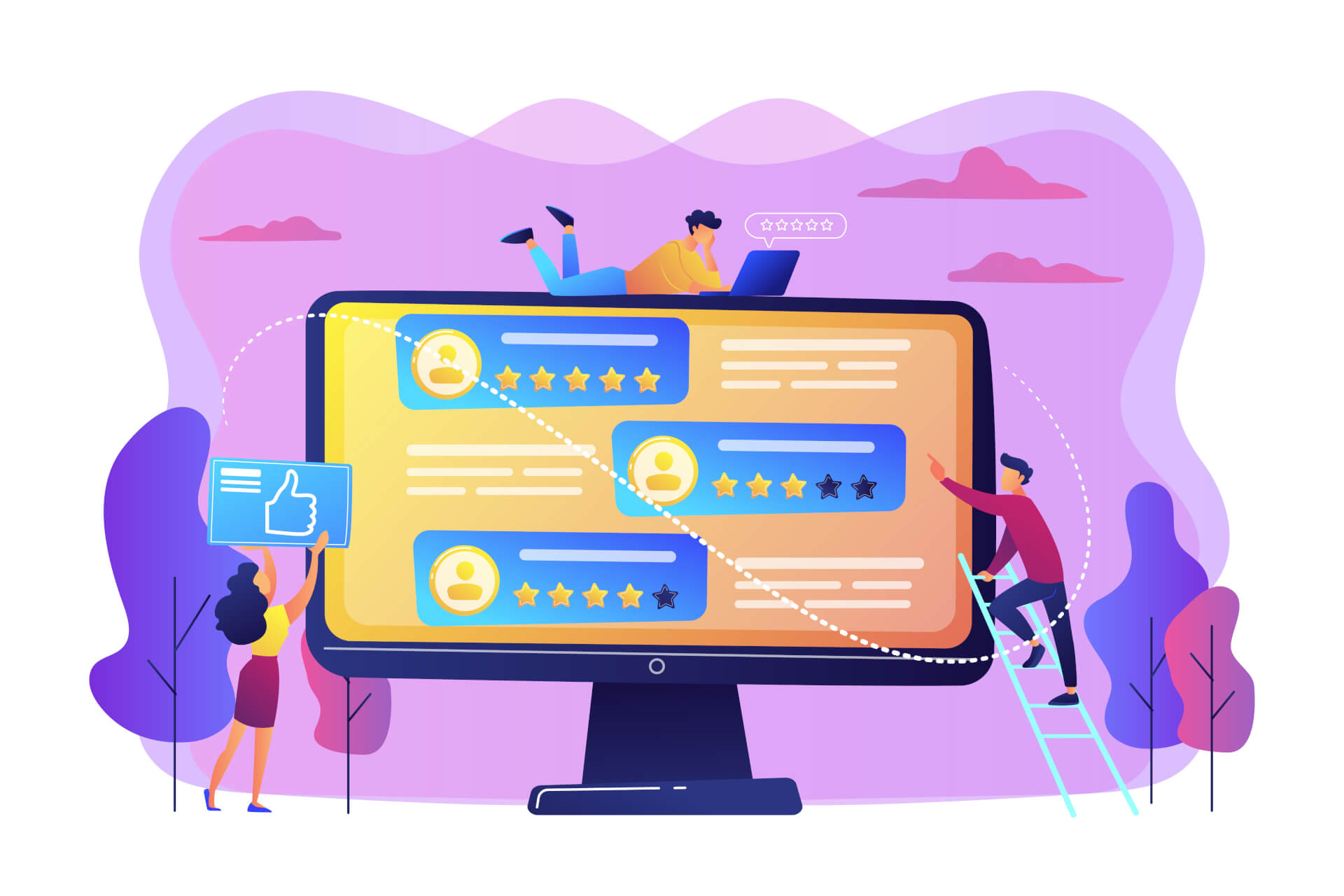 In the end, there is only one important differentiator left - the customer experience.
In the end, there is only one important differentiator left - the customer experience.
Table of Contents
- The Customer Experience
- Customer loyalty is priceless
- Word-of-mouth advertising beats anything
- Recurring customer service costs can be avoided
- Customer loyalty is profitable
- Remove unnecessary barriers
- Increase Customer Lifetime Value (CLV)
- Improve profit margins
- ... But how do you measure the customer experience?
- Improve your Net Promoter Score
The Customer Experience
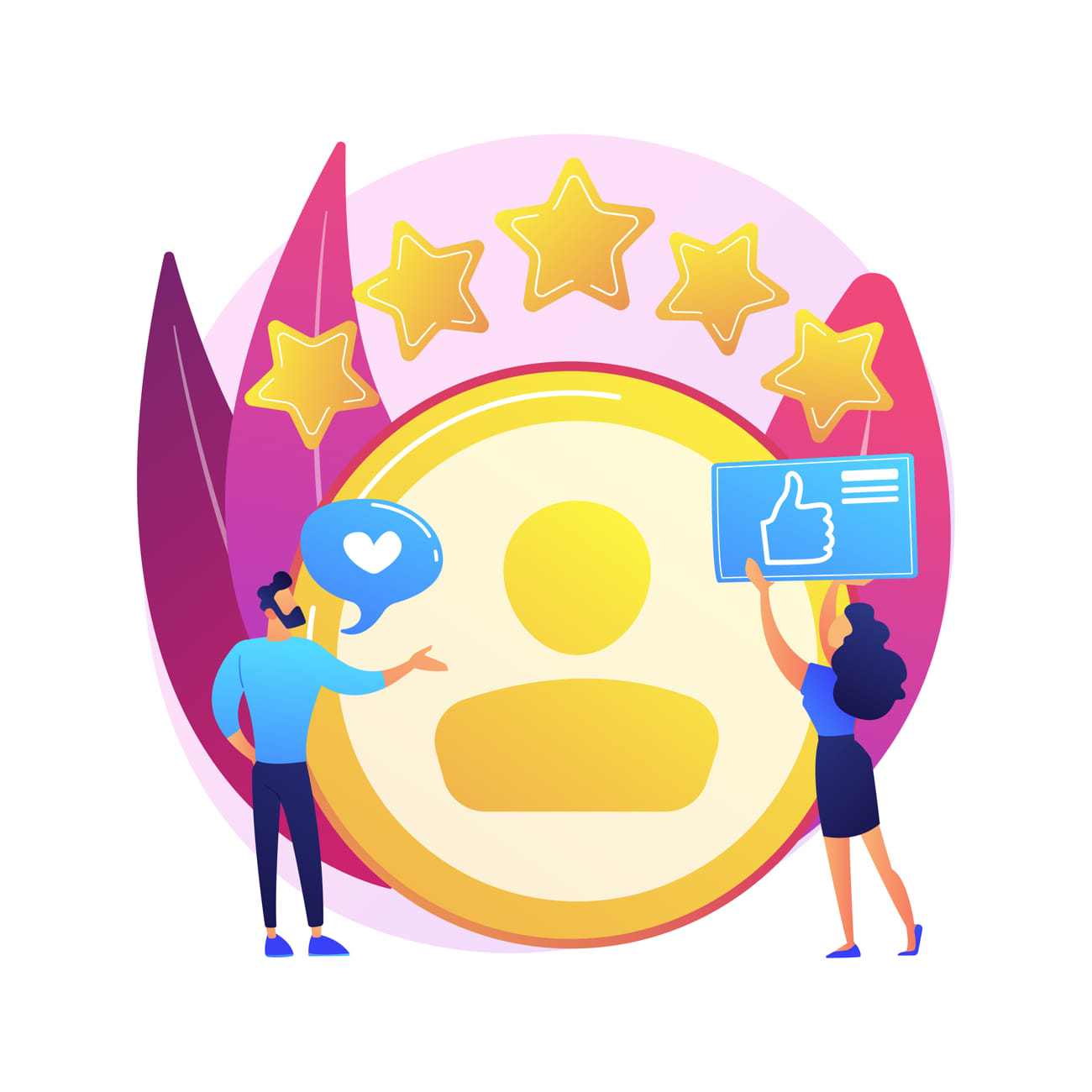 In contrast to customer service, which is based on a transaction, for example a call from the support representative, or when the customer inquires about new offers from the sales representative, the customer experience is an end-to-end interaction, from content discovery to onboarding and online support . It's the heart and soul of your brand.
In contrast to customer service, which is based on a transaction, for example a call from the support representative, or when the customer inquires about new offers from the sales representative, the customer experience is an end-to-end interaction, from content discovery to onboarding and online support . It's the heart and soul of your brand.
For example, calling your supplier to resolve your problem is customer service, while the whole process of ordering a product and getting it to your doorstep with just one click is a customer experience.
Despite growing evidence that customers are becoming more service-minded, many companies fail to see and recognize the importance of a great customer experience.
An independent study shows that 9 out of 10 consumers are willing to pay a premium for a better customer experience. Furthermore, surveys have shown that over 70% of users abandoned a purchase simply because of a poor customer experience.
That's why international brands invest a lot in creating great customer experiences. It enables them to build high levels of brand loyalty with customers while generating huge profit margins. Instead of competing with quantitative things (lower prices, higher volumes, etc.), these companies have chosen to focus on improving the qualitative metrics (empathy, support, look-and-feel, etc.) because that is exactly what they want the customer.
Psychological studies suggest that buyers value an emotional connection with the brand and are more likely to do business with you if they know you care about them.
70% of buying experiences are based solely on how customers feel treated.
Satisfied customers are also more likely to recommend your company, which increases your growth rate and enables qualitative growth. Great customer experiences also help lower marketing and advertising costs in general, as well as improving customer loyalty and organizational efficiency.
Despite this evidence, companies often make the mistake of being too calculated to keep their customers happy.
While the focus is on operating costs, they overlook the fact that a single negative customer experience reduces customer loyalty by an average of 20 percent and the chances of repurchase by 91 (!) Percent.
In this article, we'll give you reasons and explain why customer experiences are important and why they will be the single most important differentiator in the competition. We'll show you how delivering a great customer experience can give you an unprecedented edge over your competitors and how you can capture emotional responses from users to accurately measure the quality of your customer experience.
Customer loyalty is priceless
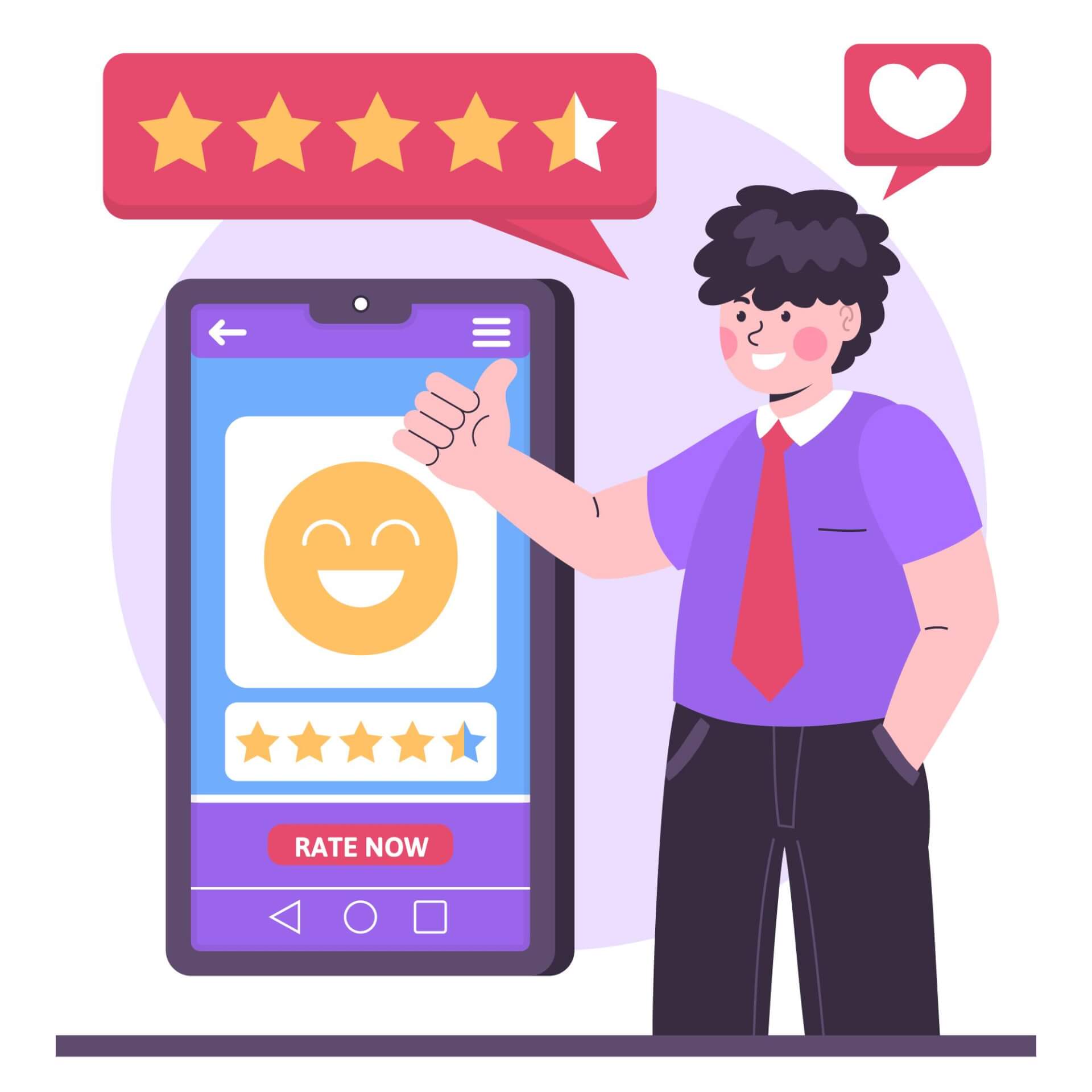 When a transaction is done right, you make a sale. When a customer is treated right, you generate long-term customer acquisition.
When a transaction is done right, you make a sale. When a customer is treated right, you generate long-term customer acquisition.
Customer loyalty can be defined as the long-term tendency of customers to hold onto your brand despite the alternatives. It goes beyond customer satisfaction and can have a huge impact on buyer decision-making.
It's important to note that while there are other methods of building brand loyalty, such as by offering discounts, reduced prices, or bonuses; however, these methods are neither fair nor sustainable in the long run.
For example, if your marketing team is suggesting that reducing your subscription price by 20% could increase sales by 5%, while this is a great move in the short term, it will hurt you in the long run. If your competitors go ahead and cut their prices by 25%, they could easily switch back to them.
However, if you deliver a great customer experience, users are less likely to switch to other competitors even if they are offered feasible or financial incentives. That's because customers value the emotional connection with your brand and believe they will be treated right when they do business with you.
Another factor that plays a crucial role in building brand loyalty is cognitive dexterity. It is man's tendency to prefer things that are simple, familiar, and easy to use. If the customer experience has been optimized for speed and clarity and requires minimal effort from customers, they are more likely to stick with it.
And that makes sense too.
Once customers have tried your service and know that it works perfectly, they won't spend a lot of time looking for other alternatives and risk a bad buy.
Therefore, you should focus on getting the first customer experience right, because repeat purchases (sales) and recommendations (brand loyalty) depend to a large extent on the customer's first positive purchase experience.
Word-of-mouth advertising beats anything
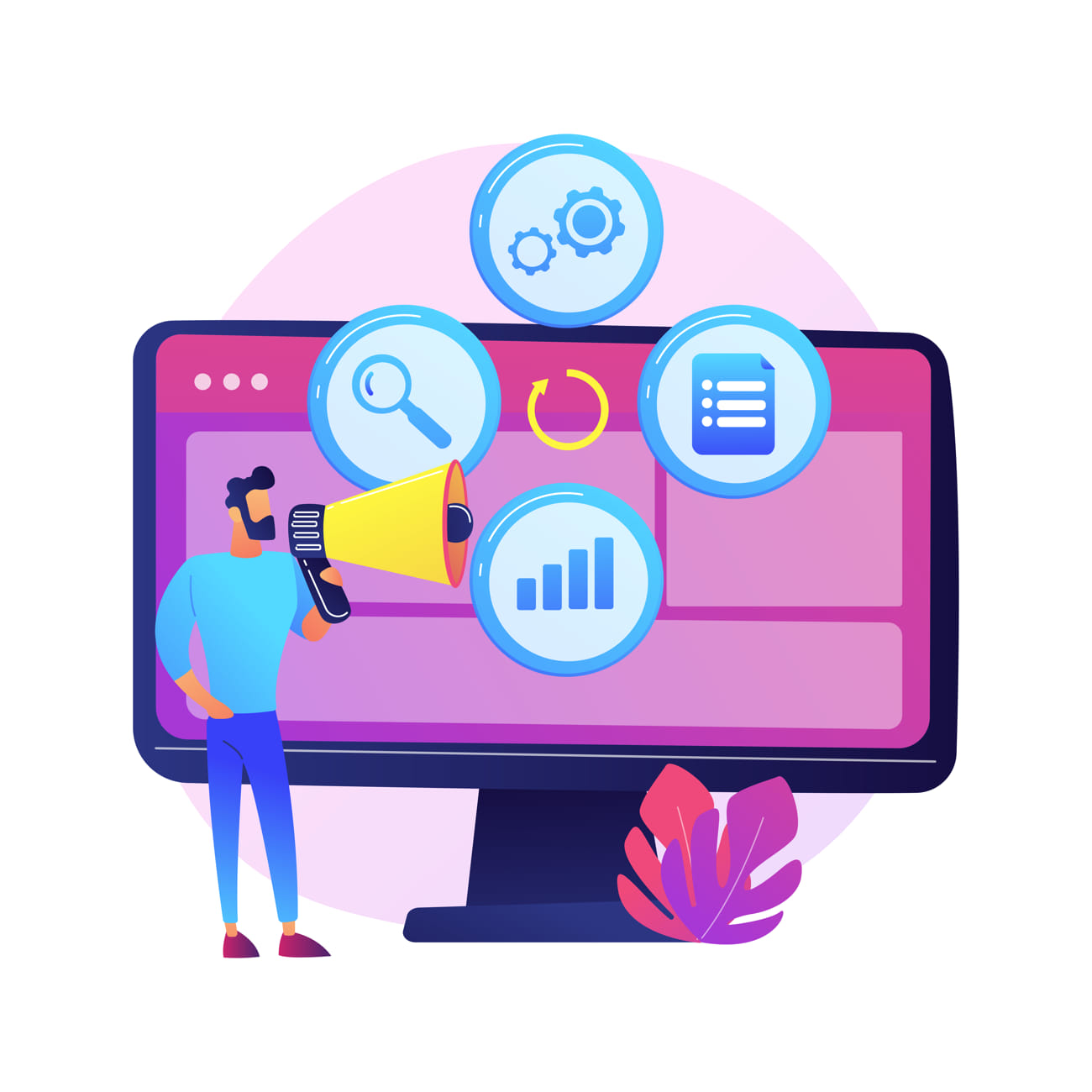 Positive customer experiences lead to customer satisfaction and motivate users to talk to their friends / colleagues about your brand. It's not just free, indirect marketing; it's credible marketing too.
Positive customer experiences lead to customer satisfaction and motivate users to talk to their friends / colleagues about your brand. It's not just free, indirect marketing; it's credible marketing too.
Due to the large number of sellers, 82% of consumers first seek recommendations from friends or colleagues before making a purchase.
Unlike traditional marketing channels, referral marketing has a much better impact and ROI as 60% of customers rely heavily on user reviews before they buy.
In other words, a customer is 50 times more likely to make a purchase when they hear a good word about it. It is based on the concept of “social proof”, a psychological phenomenon in which people accept the actions of others in order to reflect the correct behavior.
When you deliver positive customer experiences, you motivate users to share their positive experiences on social media channels and encourage them to talk about your brand with people in their social circle.
This starts the flywheel effect of positive word of mouth marketing that will bring organic growth to your brand. Used correctly, you'll see a huge increase in the number of active users without actually spending a dime on advertising / marketing.
Case studies have shown that bookings can often increase by 25% simply by introducing a referral program. The reason is that referred users tend to be better than the average user in the sense that they spend more on the platform and are also more likely to recommend the company to others.
That's because, on the principle of cognitive dissonance, customers who recommend your brand to other users are unlikely to switch to a competing brand because they are inconsistent with their original beliefs.
So just by creating great customer experiences, you generate positive word-of-mouth advertising that has a positive net effect on your sales, reduces customer churn, improves growth rate, increases market reach, while lowering advertising and other advertising spend . A solid win-win situation.
Recurring customer service costs can be avoided
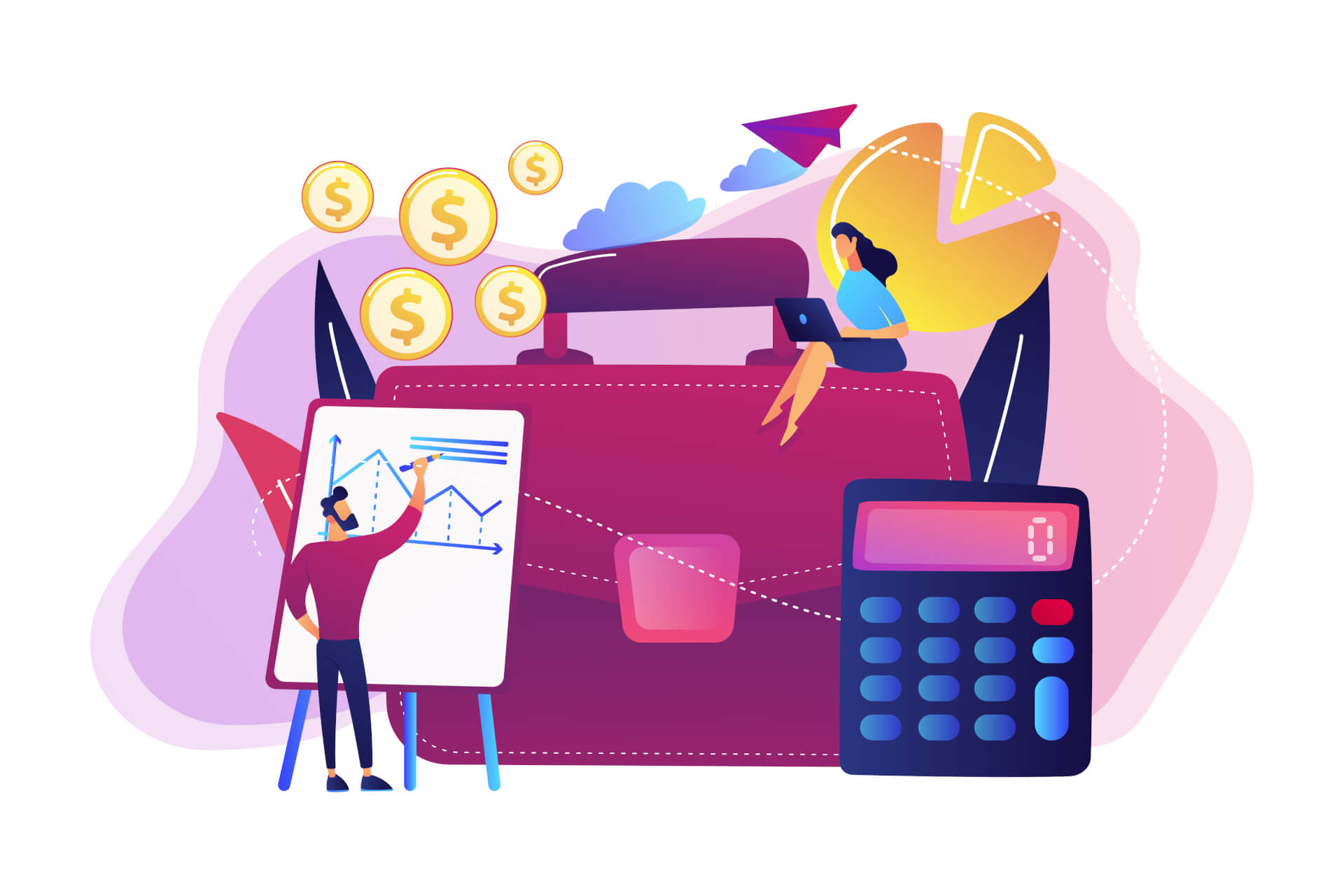 Many companies shy away from the necessary step to inspire customers because they think that this causes a large part of the operating costs. Sales reps are often taught to mislead customers with incorrect information just to increase sales. Sales managers are often directed to close customer inquiries soon so more customers can be served.
Many companies shy away from the necessary step to inspire customers because they think that this causes a large part of the operating costs. Sales reps are often taught to mislead customers with incorrect information just to increase sales. Sales managers are often directed to close customer inquiries soon so more customers can be served.
Such tactics certainly deliver quantitative growth in the short term, but not qualitative growth in the long term.
For example, in his book Customer Experience 3.0, John A. Goodman describes how salespeople at a home appliance manufacturer were trained to push customers off the phone to save a minute (estimated at 50 cents). That rush resulted in a secondary repair cost of $ 84 and a second technician visit.
On the other hand, when sales reps were motivated to ask contextual questions, the second visits decreased by 30% and customers were more satisfied with the product.
It also shows how a better customer experience lowers operating costs over the long term and reduces customer dissatisfaction.
A good customer experience is about reducing the unpleasant element of surprise in business transactions so that there are no recurring after-sales costs or other unpleasant defects.
For example, if you put clear and simple content on your website, conversions will be improved and customer support requests will be reduced, which will lower operating costs. It also helps customers choose the right product, thereby improving customer loyalty and brand loyalty.
But again, it's important to note that reducing operating costs is not the goal of delivering a great customer experience. It's the result of that.
Sometimes you may need to spend more to improve your customer experience so that you can reduce service costs over the long term.
For example, if you want to deliver a great customer experience, you need to reach them through multiple channels - be it live chat, phone call, email, or social media. According to an independent study, a typical company only hears from 4% of its dissatisfied users. The other 96% customers who don't complain, 91% never come back which is a huge loss.
It also means personalizing the user experience so users have less trouble finding what they need without external solicitation.
Using the traditional marketing analogy may be a detrimental move as you allow customers to easily cancel purchases, but numerous studies suggest that this is exactly what customers want - they want absolute control.
Customer loyalty is profitable
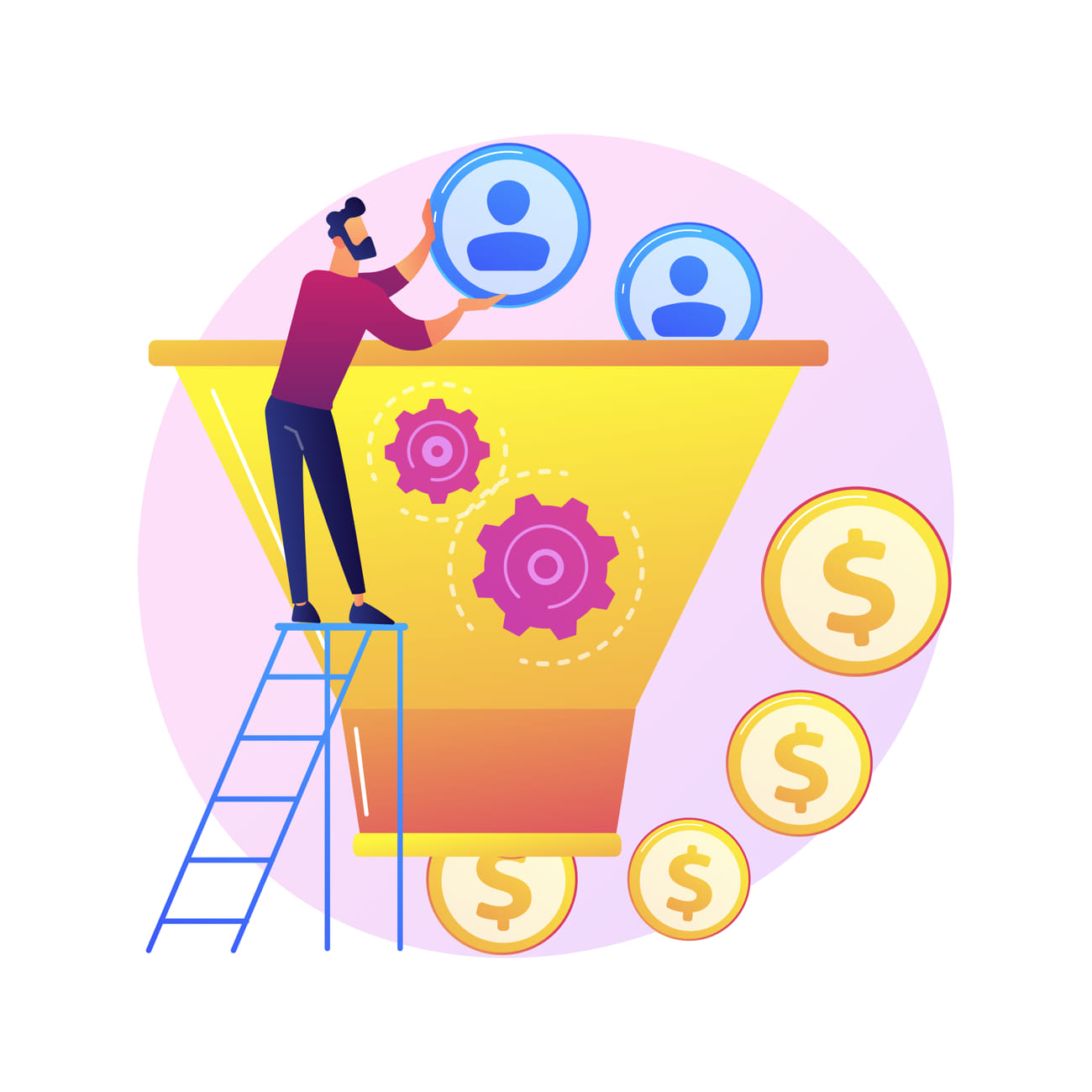 The main reason customers switch to a competitor is a poor customer experience.
The main reason customers switch to a competitor is a poor customer experience.
According to a 2011 report, 89% of customers did business with a competitor after a bad customer experience. If you put that into statistical terms, you have a chance of losing 9 out of 10 dissatisfied customers. If this happens, the churn rate will increase dramatically.
A great customer experience helps to retain more customers as they feel comfortable in a business deal with the brand and find no motivation or reason to look around. It also builds brand loyalty, thereby increasing repeat purchases and order quantities.
It's worth noting that delivering great customer experiences doesn't mean delivering a flawless customer experience. The more customers you serve, the more complaints you will get. However, what matters is not the problem, but how you listen to the customer and solve that problem.
A customer is 70% more likely to do business with a brand if a complaint is resolved in their favor. In other words, you can retain users even after the occasional error they encounter by just being sensitive and attentive to the specific problem at hand.
If you're wondering how that empathy turns into profitability, an independent study by Frederick Reichheld of Bain & Company (inventor of NPS) found that increasing customer loyalty by just 5% results in a whopping 25% profit margin increase - 95% leads!
In other words, a customer values the experience far more than competitive prices, huge discounts, or other marketing incentives. When they decide their next purchase, their decision won't be influenced by whether or not you make a great deal, but primarily how you treat them and how they feel about your brand.
Remove unnecessary barriers
No news is not always good news.
Over 96% of dissatisfied customers do not express their complaints because companies create unnecessary barriers between them and their customers, making it difficult for customers to find a quick solution.
Often companies do this unknowingly by creating a complicated IVR setup, not placing the contact information directly visible, or just relying on emails to resolve complaints.
Unless businesses hear a lot of complaints from users, they feel like they are providing a satisfactory experience, but that is far from the truth. Instead, there are even more frustrated users who feel helpless because they cannot find a quick fix or have tried too hard to make their voices heard.
Each week, over 1 million people view customer service tweets, around 80% of which are negative in nature. Combine that with the fact that it takes 12 positive experiences to make up for one unresolved negative experience and you have a recipe for disaster.
Since more than a billion users are now active together on social media channels, it is important to assess the impact a negative tweet / post can have on your brand's PR strategy.
Optimizing your customer experience to listen to these complaints and being more empathetic with your customers can greatly improve customer loyalty. Since users monitor both complaints and brand reactions on social media, they get a fair rating of the response rate as well as the complaint resolution.
By making proactive customer solutions a part of your customer experience, you reduce the likelihood of legal, regulatory, or PR disasters as most cases start out as unresolved complaints.
Increase Customer Lifetime Value (CLV)
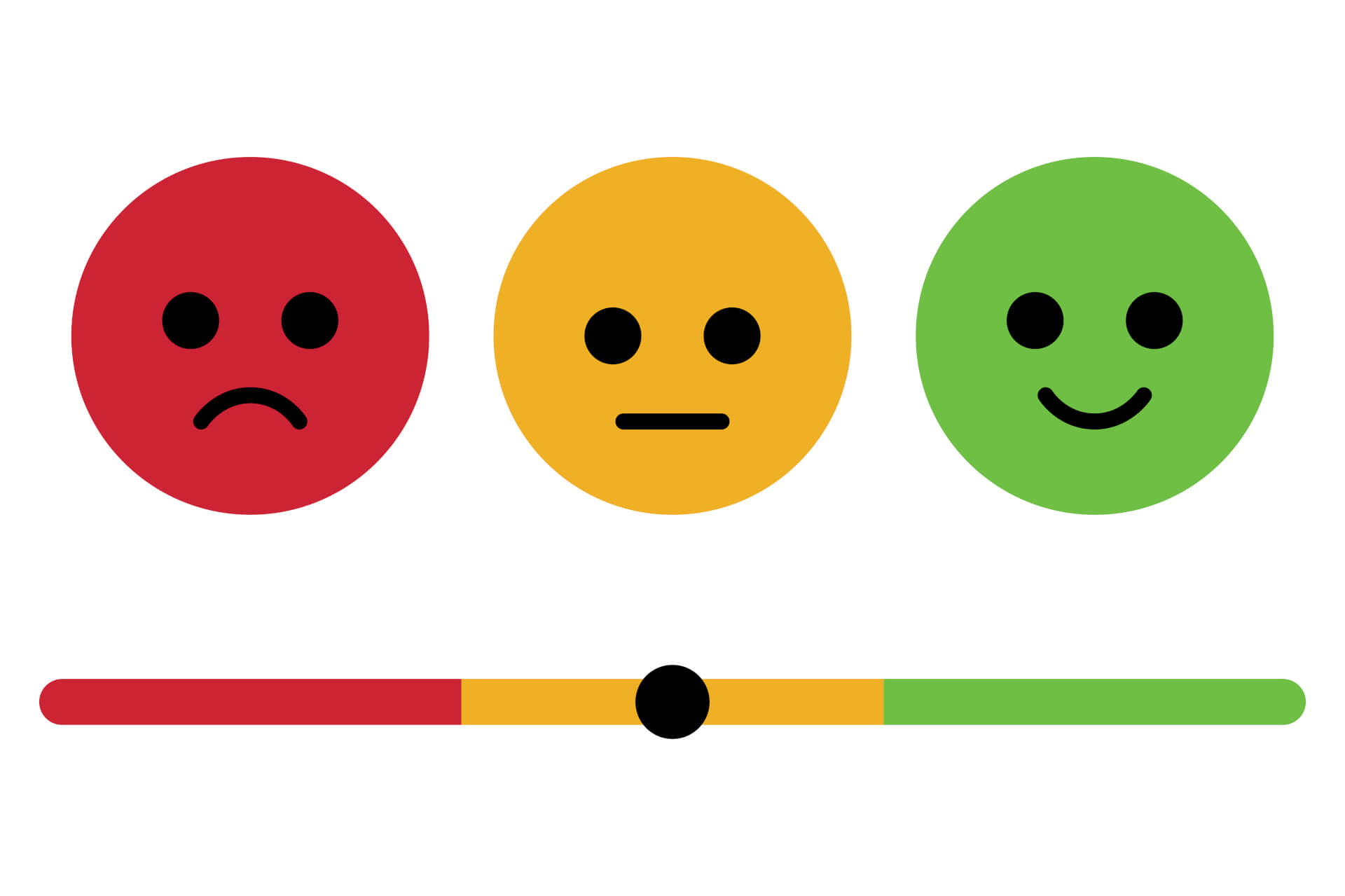 Delivering a great customer experience also increases the revenue that each customer generates for your business. This is an important metric for businesses as it provides a direct correlation between the extent of expansion and profitability.
Delivering a great customer experience also increases the revenue that each customer generates for your business. This is an important metric for businesses as it provides a direct correlation between the extent of expansion and profitability.
For example, if you are growing fast and attracting a large number of customers, but none of them are paying users, this is not a good long-term strategy. With the CLV (Customer Lifetime Value) you can estimate how many users appreciate your brand and how much your new users are willing to pay.
Unlike growth, which can be “hacked”, incentives cannot manipulate customer lifetime value because it is based on repeated purchases rather than a single initial purchase. It can only be built by delivering what customers want on a consistent basis.
When you create a great customer experience, you automatically increase your CLV. Customers will not want to switch to other brands, even if they receive specific rewards for doing so. In other words, you create unconditional brand loyalty.
Also, as each customer becomes more valuable, you can afford to better serve them and spend more on acquisition strategies. From a business perspective, you have a sustainable business model as long as CLV (Customer Lifetime Value)> CAC (Customer Acquisition Cost).
Ideally, you should try to maximize the gap between CLV and CAC, which means that you are generating more revenue with existing customers and spending less on attracting new users. And that can only happen if you deliver an experience that customers strive for.
Improve profit margins
“Growth is vanity. Selling is common sense. "
Amazing customer experiences automatically make the company more profitable, as customer service employees have fewer complaints to solve, advertising costs decrease thanks to positive WOM / recommendation marketing, and dealing with customer complaints is less painful.
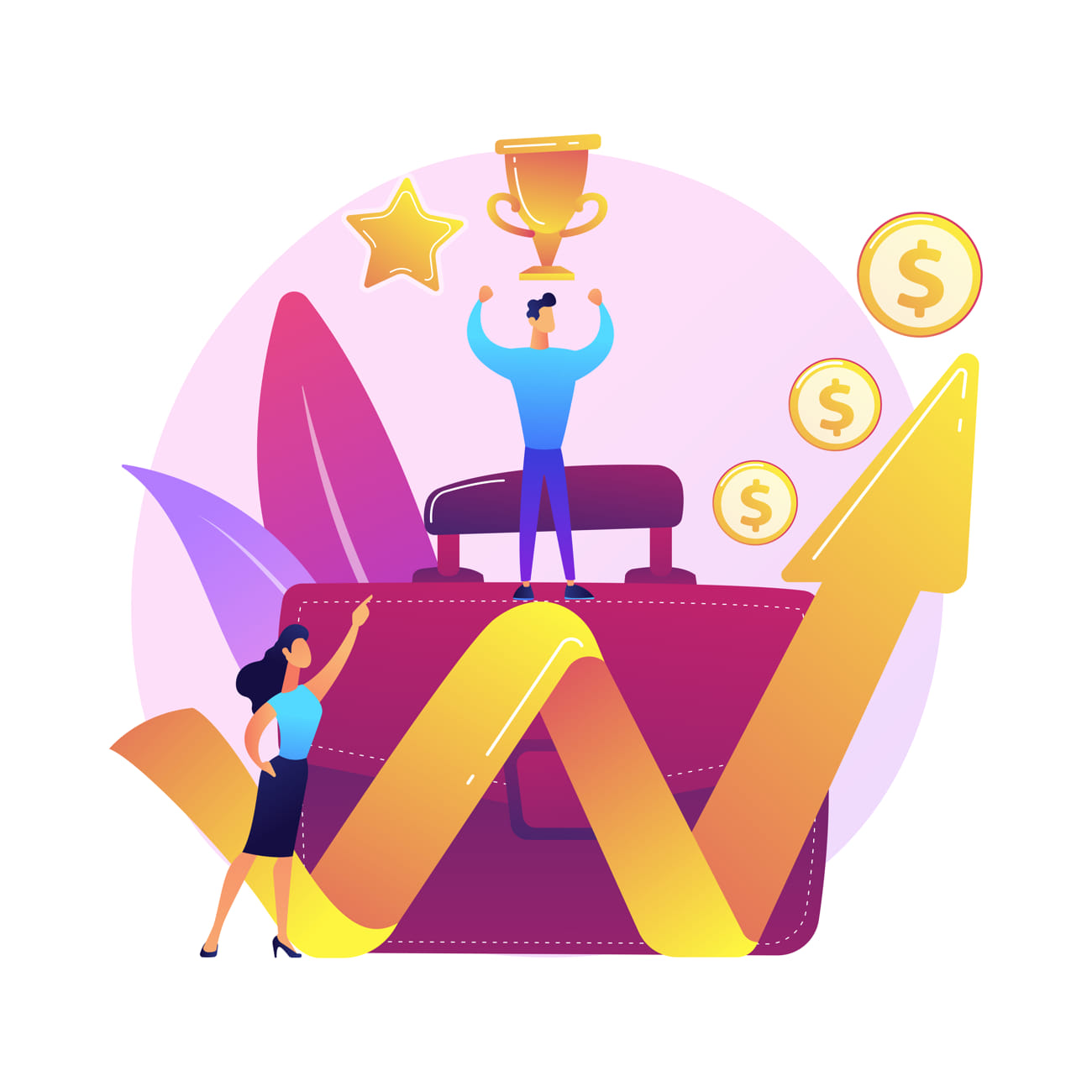 In addition to reducing operational costs, a great customer experience also gives you the flexibility to charge a premium for your services. For example, Apple sells iPhones at nearly 1.5 to 4.5 times the price of an Android smartphone and still manages to sell millions of devices while enjoying high profit margins. Apple makes it possible by focusing solely on delivering exceptional customer experiences.
In addition to reducing operational costs, a great customer experience also gives you the flexibility to charge a premium for your services. For example, Apple sells iPhones at nearly 1.5 to 4.5 times the price of an Android smartphone and still manages to sell millions of devices while enjoying high profit margins. Apple makes it possible by focusing solely on delivering exceptional customer experiences.
According to the rule of reciprocity in social psychology, people rely on them to repay the debts they receive. In cases where they cannot assess the true value of a product, they rely on external signals such as price, availability, social proof, etc. to accurately assess the value of a product.
In other words, if you were delivering a consistently good customer experience (CE) and charging a premium for it, users would pay without hesitation because they are making the decision based on the perceived value of the product rather than the actual value.
... But how do you measure the customer experience?
One report suggests that customer experience will overtake price and product as the main brand differentiator.
In fact, an independent study shows that 81% of companies using high customer experience maturity are already outperforming their competition.
The hard part, however, is that, as opposed to quantitative metrics like CTR, conversions, or churn, which are easier to track and measure, customer experience is an aggregated sum of end-to-end experiences, from content discovery to onboarding to towards resolving complaints, which makes quantification difficult.
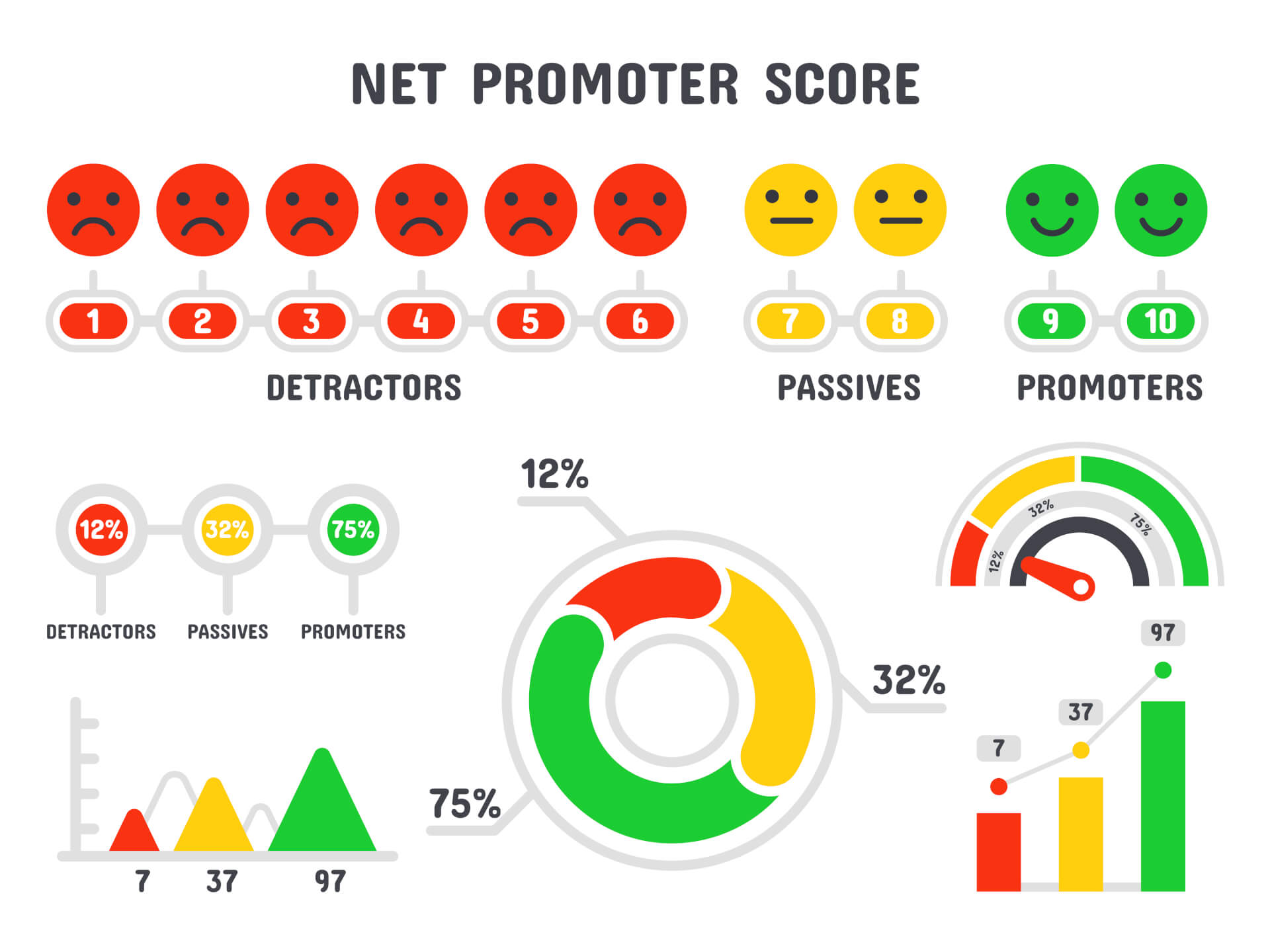 While effective, the Customer Satisfaction Score (CSAT) and Customer Effort Score (CES) can only be used to assess the performance of independent transaction processes. For example, assessing the quality of a service call or abandoned transaction can provide actionable insights to improve the overall experience, but they don't necessarily capture the customer's voice on their opinion about the brand.
While effective, the Customer Satisfaction Score (CSAT) and Customer Effort Score (CES) can only be used to assess the performance of independent transaction processes. For example, assessing the quality of a service call or abandoned transaction can provide actionable insights to improve the overall experience, but they don't necessarily capture the customer's voice on their opinion about the brand.
For example, if a customer is dissatisfied with an interaction with a support agent, that doesn't necessarily mean they loathe the entire shopping experience.
In comparison, Net Promoter Score® is a much more reliable metric that you can use to analyze whether customers love or hate your brand's customer experience by asking them a simple question:
Would you recommend our service to your friends / family?
What makes NPS® believable is the fact that it is difficult for people to recommend something that they themselves do not like. Since the question is more open and not related to a specific transaction, customers are more likely to be honest in their feedback.
With NPS, you can divide your audience into promoters, passives, and detractors, and combine the analytics with behavioral, transactional, and user-specific data to gain insight into how to personalize customer experiences and improve ROI.
Improve your Net Promoter Score
Callexa makes it easy to measure your NPS. By asking just one simple question, you are now getting actionable insights on how to improve customer loyalty, increase sales, and build long-term customer satisfaction.
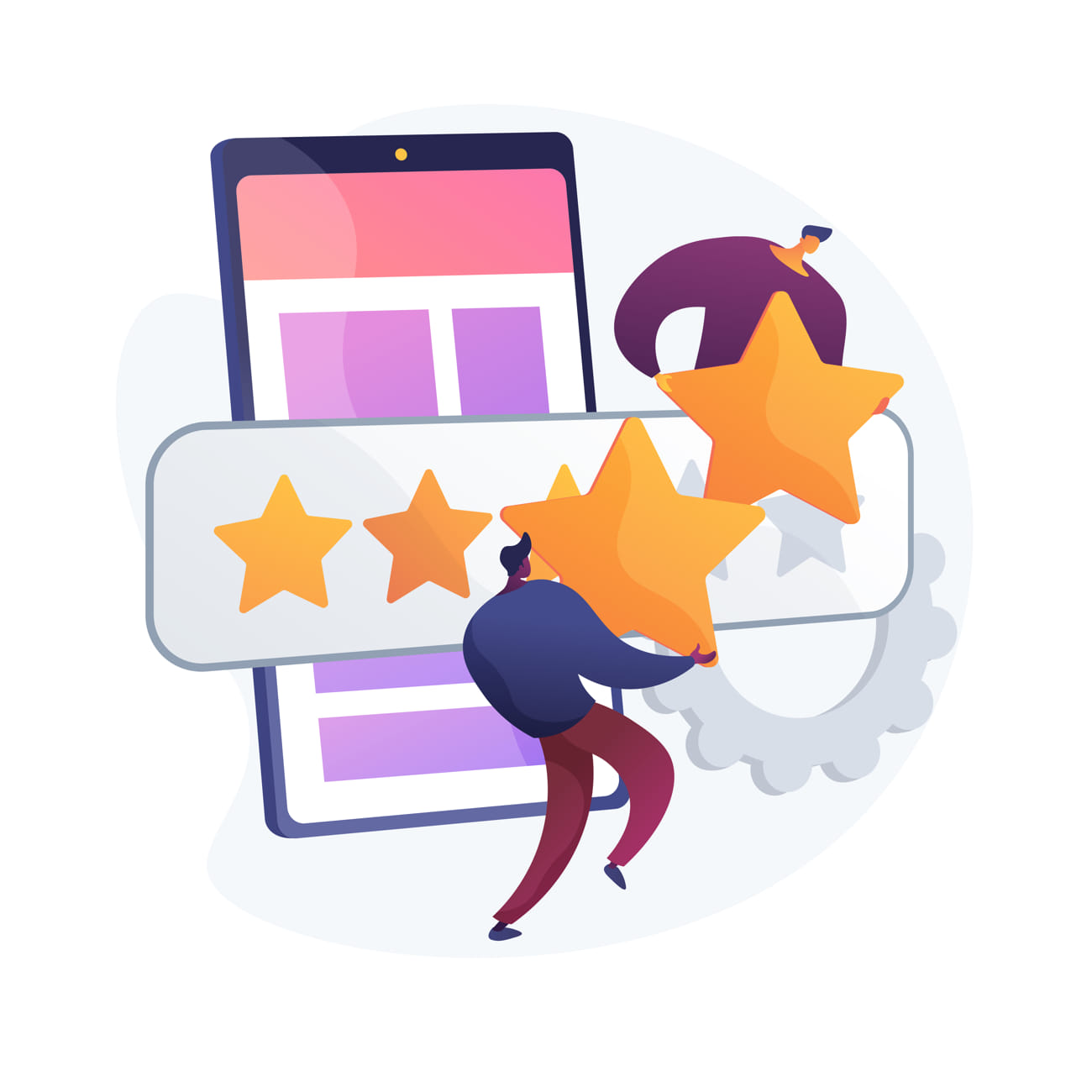
Recommended reading: If this article helped you and you would like to learn more about the role of NPS in shaping the customer experience, continue reading here: "The role of NPS in customer experience (CX)"